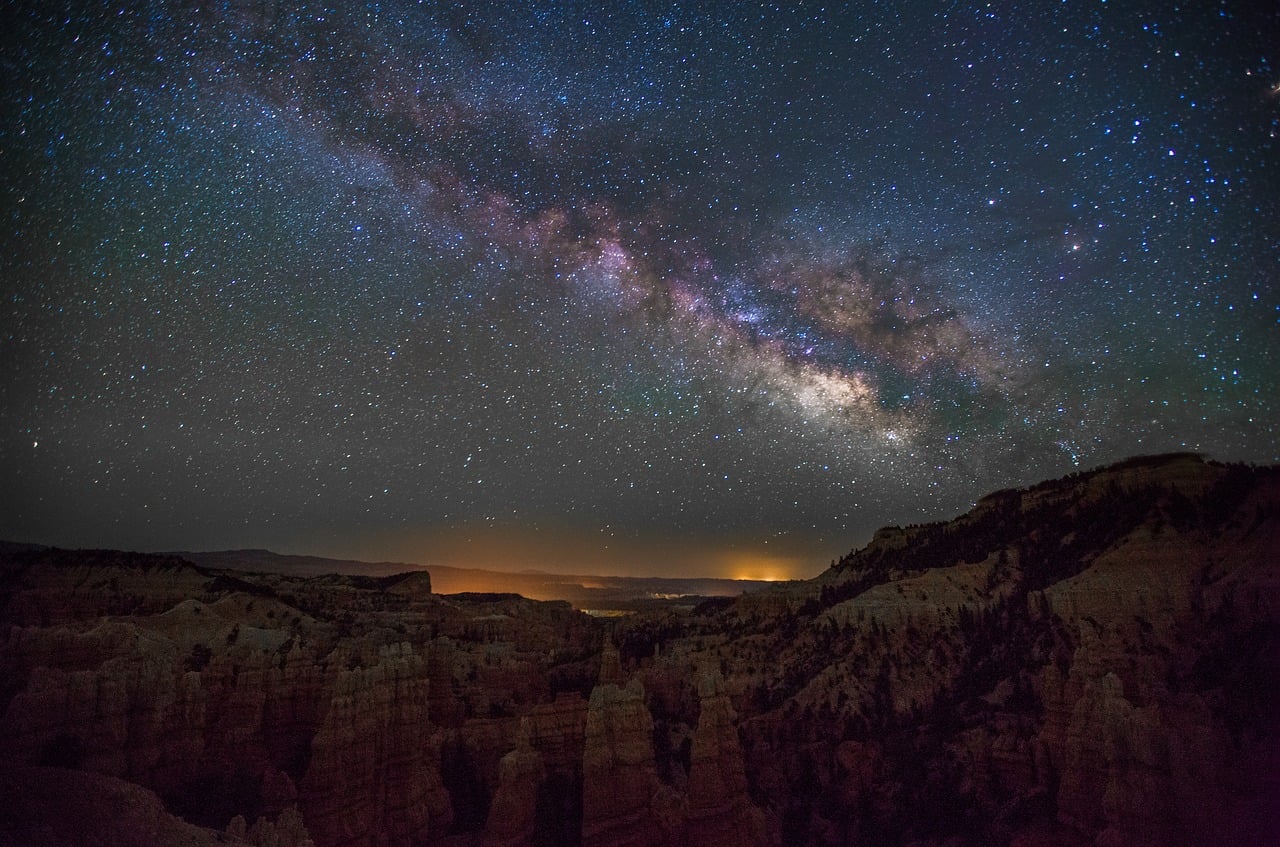Who said space technology can’t be used to track sightings on Earth? A team of researchers from the Royal Astronomical Society collaborated with the Liverpool John Moores University and made a plan to track poachers in the forest that are a threat to some of the world’s most endangered animals using an innovative star technology.
This technology is useful for scientists who look for star clusters or galaxies in the night sky. However, the night vision properties of the technology could be used to detect poaching activities during the night also. That way, the star technology could help stop the poaching problem.
The scientists first tried the technology using drones that have infrared cameras that are able to detect thermal traces of animals in the dark. The initial trials were conducted on Riverine rabbits, that are an endangered species that live in South Africa. The team is eager to conduct more tests on more animals and different environments, including endangered Orangutans in Malaysia, as well as river dolphins that live in Brazil and spider monkeys in Mexico.
The thermal infrared cameras are not a new technology, given that many are already used to track animals, as they can sense their body heat despite being camouflaged or in their natural environment. Both animals and humans can be been glowing in the infrared thermal footage, in the same way stars in the dark sky are seen glowing. Scientists said that they can combine the technology to do more good.
“We have been able to combine the technical expertise of astronomers with the conservation knowledge of ecologists to develop a system to find the animals or poachers automatically,” Dr Claire Burke who works at the Liverpool John Moores University, told Telegraph.
Burke also said that the study aims to prevent poaching before it actually happens. That will help endangered animals survive and be protected from extinction. The new star technology is useful mostly because the majority of poaching occurs during the night when nobody is keeping track of the endangered species. This advanced tech will easily track animals, even if they are well-hidden in the trees and leaves.
“Our aim is to make a system that is easy for conservationists and game wardens to use anywhere in the world, which will allow endangered animals to be tracked, found and monitored easily and poaching to be stopped before it happens,” Burke said.
Scientists opted to use programmed drones, because they are capable of covering a large terrain and environments. More importantly, the researchers can keep an eye on animals without harming their natural habitat, but instead, keeping it stabilized and healthy. In the future, the team is looking to make improvements on the system and technology so that they can track the endangered animals even when it’s raining, or some other adverse atmospheric weather conditions are present.





